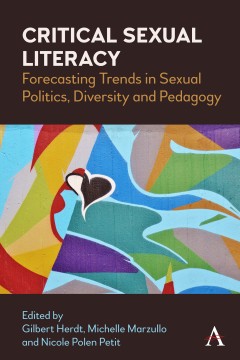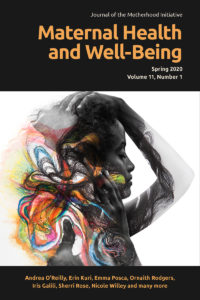Research
FOCUSED on MAMAS
Current project
Dissertation: The Birth Pleasure Study
Status: Pending book publication. See ProQuest entry here: The Birth Pleasure Study
Abstract: Birth research has prioritized the study of morbidity, pain, and pain management. While pleasure in birth has been documented in several studies, none have examined pleasure in birth as related to birth outcomes, maternal sexuality, or social justice issues. This mixed methods study examines birth pleasure as a lived experience, including factors that support/hinder pleasurable experiences, and what impacts (if any) those experiences may contribute to birth outcomes and maternal health, specifically in terms of birth satisfaction, postpartum sexuality/sexual satisfaction, birth-associated morbidities such as postpartum depression/birth trauma, among others. Together, I will interpret and contextualize the qualitative and quantitative data, building an intersectional and critical analysis of birth pleasure as a phenomenon. This analysis will be used to construct a new theoretical framework of birth pleasure, with applications for maternal health policy, practice, and social justice advocacy.

PUBLICATIONS
Reproductive Rights & Justice: Thinking Through the Connections, Contradictions, and Complexities
Now available for sale with key online retailers such as Amazon US, Amazon UK, Barnes & Noble.
Introduction: “Human reproductive life is imbued with values, taboos, and regulations due in part to the relationship between human sexuality and the great social significance of reproduction. The rights and justice issues embedded in the reproductive body are patterned by social context and cultural location. Intersecting social forces such as racism and classism also shape reproduction in concrete ways. A holistic sexual literacy would include awareness of reproductive politics, rights, and justice. With this in mind, this chapter explores universalized reproductive rights frameworks as they have evolved over time, contrasted with unfolding movements for reproductive justice and the myriad of glocal expressions of reproductive life.”
Citation: Bolaza, E. B. (2021). Reproductive Rights & Justice: Thinking through the Connections, Contradictions, and Complexities, in Critical Sexual Literacy: Forecasting Trends in Sexual Politics, Diversity and Pedagogy. (Herdt, G., Polen-Petit, N., & Marzullo, M., Eds.). Anthem Publishers.

Birth Pleasure : Meanings, Politics, and Praxis
Abstract: Little research has directly focused on the spectrum of pleasure experienced in birth, which until now has lacked a scholarly description or definition. In this article, I present the concept of birth pleasure and offer an introduction and preliminary definition synthesized from published experiential accounts, existing research and scholarship, and relevant lay literature. Through an intersectional and matricentric feminist lens, I offer implications of including birth pleasure in birth justice praxis.
Citation: Bolaza, E. B. (2020). Birth Pleasure: Meanings, Politics, and Praxis. Journal of the Motherhood Initiative for Research and Community Involvement, 11(1).

Is Orgasmic Meditation a form of Sex?
Abstract: Orgasmic Meditation(OM) is a structured, partnered meditative practice in which one person, who can be any gender, strokes the clitoris of their partner for 15 minutes. As such, it resembles a sexual activity. OM is taught as a practice that is distinct from sex, and we wondered whether people who engage in OM actually maintain that distinction themselves. We conducted an online convenience sample survey including qualitative open-ended text questions and quantitative Likert-style questions that was distributed to email listservs for practitioners of OM. The 30-item questionnaire included questions designed to differentiate the potentially related concepts of OM, seated meditation, fondling, and sex, as bases for comparison. The quantitative results of this mixed method study show that OM practitioners view the practice as significantly more similar to meditation than to sex or fondling. These results were consistent, regardless of whether the question was asked in the positive or negative and whether OM was being compared to one behavior individually or to multiple behaviors at the same time. The distinction between OM and sex/fondling rapidly becomes more pronounced as practitioners complete more OMs. This suggests that the novelty of genital touching in meditation may diminish over time, as practitioners get used to the more alternative point of focus. The results of this study have implications for the practice and how it is approached and regulated.
Citation: Siegel, V., Roth, C., Bolaza, E., & Emmert-Aronson, B. (2019). Is orgasmic meditation a form of sex?. DOI 10.31235/osf.io/89fvt
